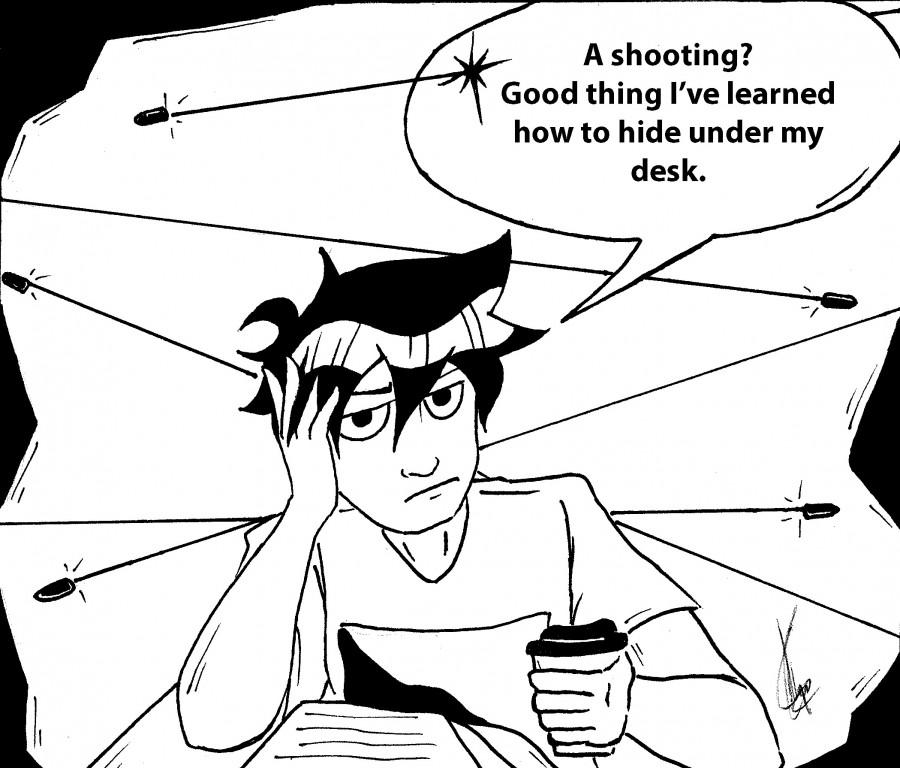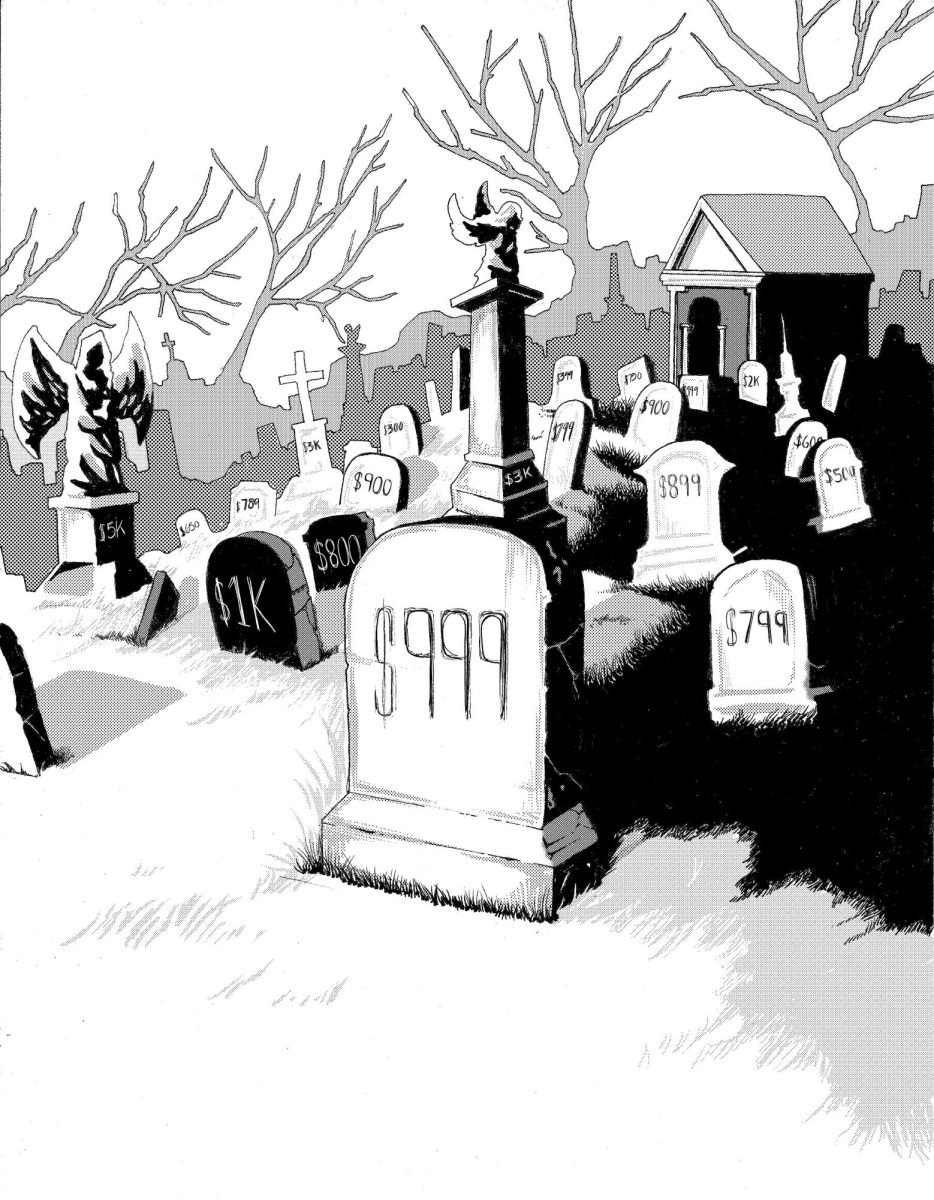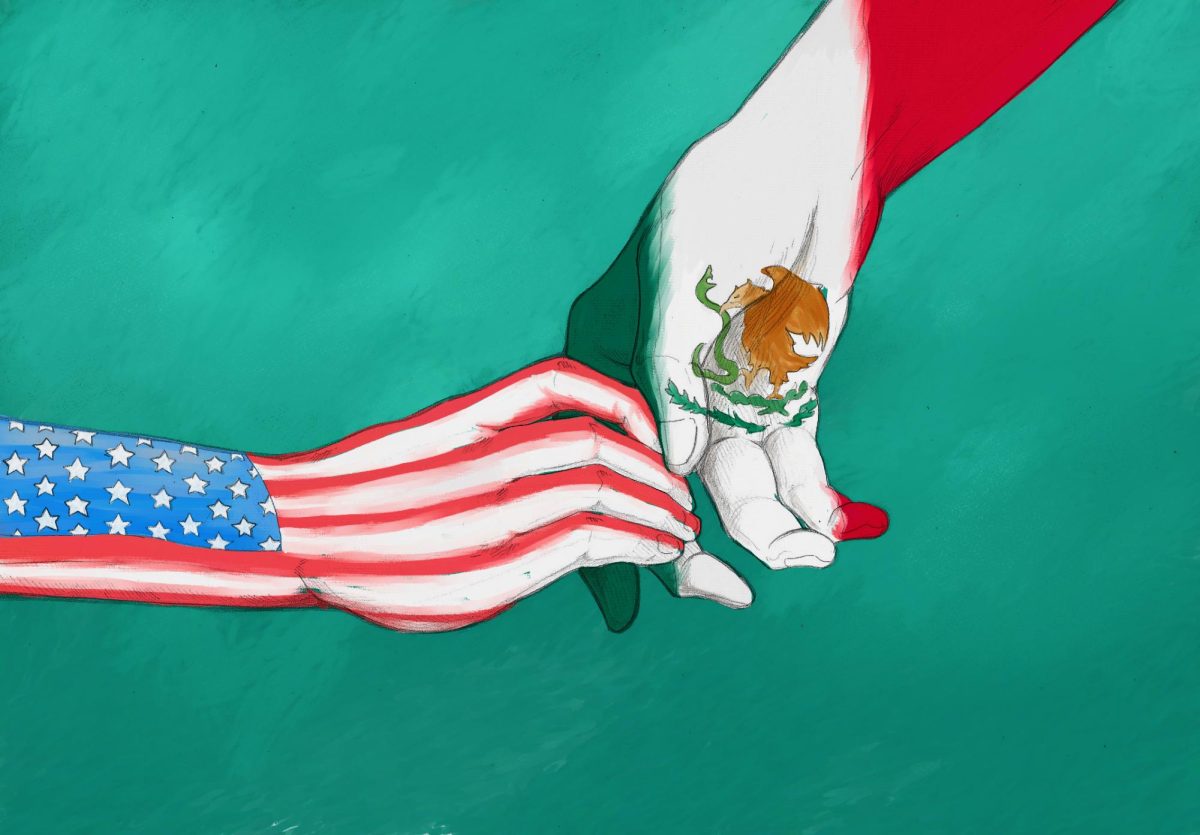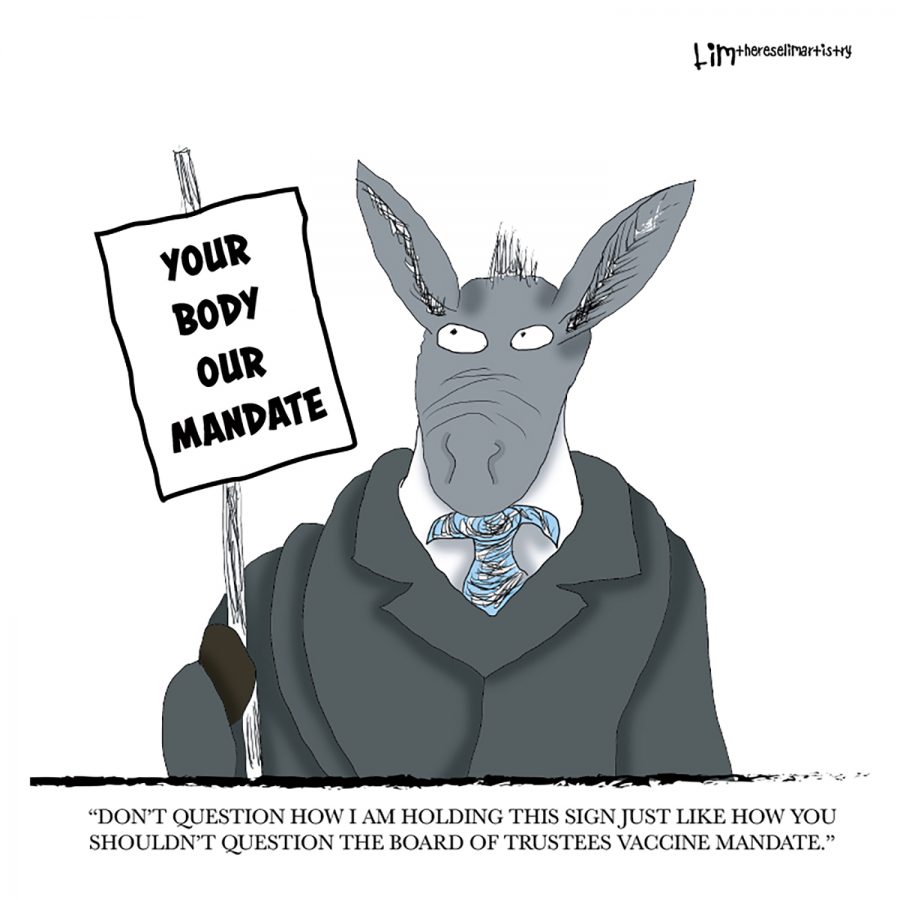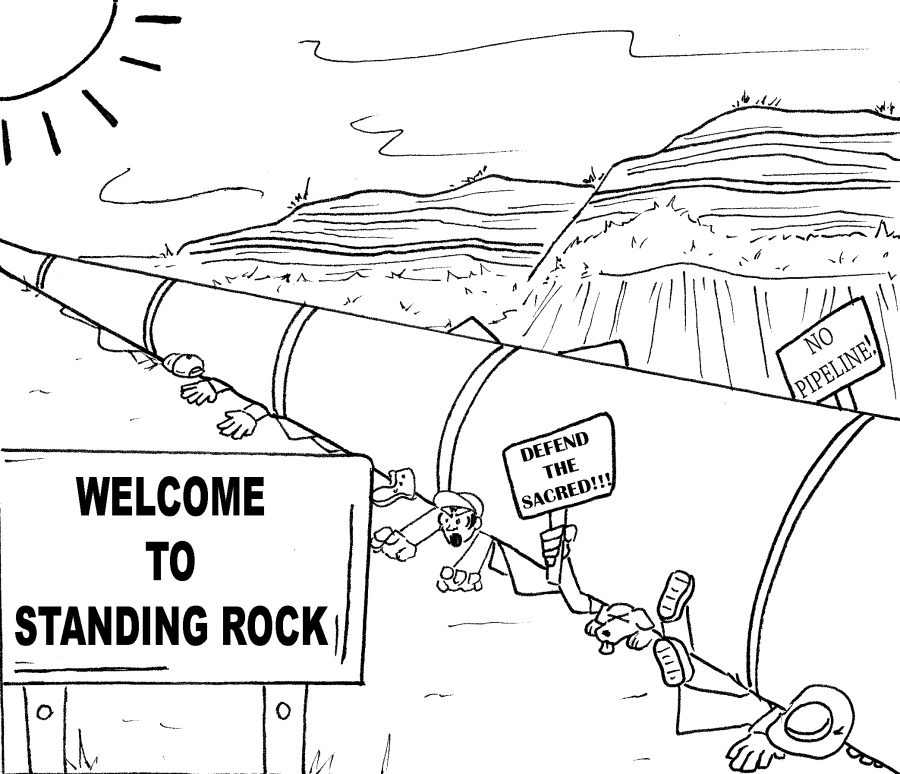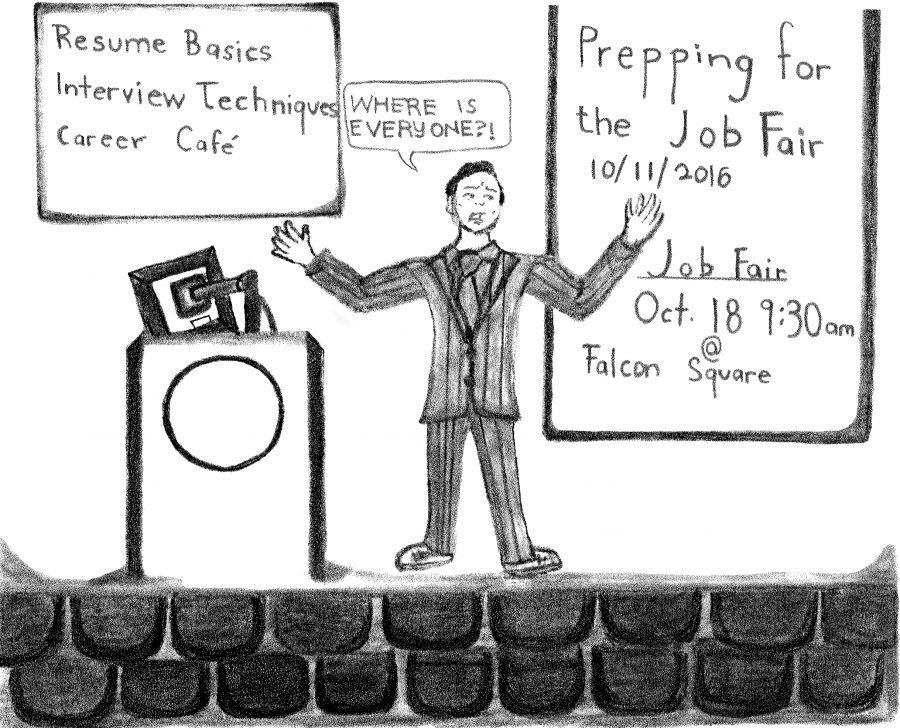We see school shootings happening on the news and are shocked but then forget the next day or by the following week.
Last week two shootings hit close to home.
Both incidents occurred on Studebaker and Alondra, both resulting in one death, respectively.
What would happen if violence like this were to spill over to campus?We are surely not prepared to deal with a situation of that magnitude.
The first incident began inside the 7-Eleven and ended at the side of the KFC. The shooting was gang-related.
Almost impossibly, the next day another shooting occurred. This one involved a deputy and a reportedly stolen car, ultimately ending in the death of the driver.
Now, while technically off-campus, these shootings occurred at the very doorstep of Cerritos College, at a place where many students go to grab a snack or relax before class.
Remember the days when earthquake drills and fire drills were mandatory? Let’s bring that back for college students and school shootings.
The first shooting occurred at 4:20 p.m., but students and staff didn’t receive the alert until 5:10 p.m., almost an hour after the fact.
The second shooting occurred at 5:14 p.m., but the alert wasn’t sent out until 5:55 p.m., still over half an hour after the fact.
By not having information going out immediately warning students and staff, we were all put at risk.
In the case of the first shooting, this wasn’t a random burglary, or theft or car break-in, this was someone with a gun. How were students and staff not immediately informed?
At least with cursory information that a shooting occurred, if nothing else? Warning students to remain inside classes or within campus.
The idea of releasing only accurate information is perfectly understandable, however it is not difficult to send out an immediate warning when bullets start to fly.
Because some students were in class or not close enough to the intersection to know there was a situation underway, many were left clueless until they walked straight into the yellow caution tape.
As a collective body, how prepared are we in the case of security and safety? How much do we really know about safety protocols and what to do in the case of an emergency?
This isn’t just focused on staff and faculty, who aside from teaching and student success, are meant to keep us safe, this is aimed at you, the students.
Awareness starts with you.
The campus can put on as many safety forums as it wants, but if you, the student, don’t attend then what’s the point?
There has to be safety awareness on a more substantial level. Not just some forum only two students attend, but something grander on a more comprehensive level.
And if need be, mandatory.
Just because college students are mostly adults doesn’t mean that the average person will know how to react in a time of crisis.
Perhaps this could be implemented when the school does the online orientation or a mandatory training on a last name basis, where there would be repercussions if students don’t attend.
Although one could never be prepared for a given situation, especially a violent one, having a set idea of where to go or what to do in case of an emergency not only helps alleviate confusion but it brings about some reassurance.
At this moment, the campus at large doesn’t necessarily have any idea of where to go or what to do in case of a shooting taking place on our campus.
If students see a flyer for a safety forum, or workshop, they should attend the event, especially in a time when school shootings are becoming more common; it is a conscious choice.
It’s something that requires an active participation, knowing what to do when the situation arises.
But in order to do that, you have to work with the campus and beyond that wherever you go or stay or work in.

